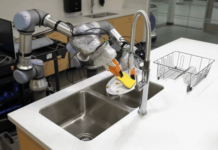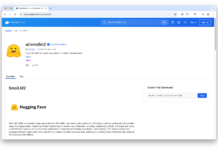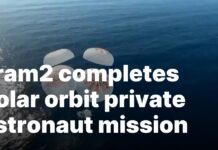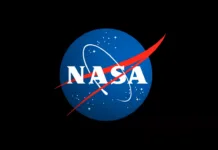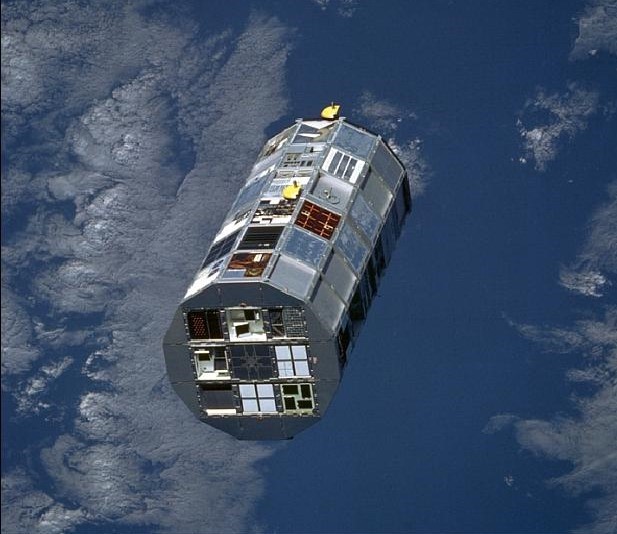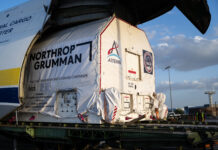On January 9, 1990, the space shuttle Columbia embarked on its ninth mission, designated STS-32, from NASA’s Kennedy Space Center in Florida. The mission was significant for numerous reasons, not least of which was its record-breaking 11-day duration. The crew, led by Commander Daniel Brandenstein, included Pilot James Wetherbee and Mission Specialists Bonnie Dunbar, Marsha Ivins, and David Low. Their primary objectives were to deploy the Syncom IV-F5 communications satellite for the U.S. Navy and retrieve the Long-Duration Exposure Facility (LDEF), a platform that had been in orbit for nearly six years conducting various scientific experiments.
### The Crew and Their Mission
The selection of the STS-32 crew was announced by NASA in November 1988. Daniel Brandenstein, a veteran astronaut from NASA’s Class of 1978, had already logged two spaceflights, including as a pilot on STS-8 and as a commander of STS-51G. Bonnie Dunbar, selected in 1980, had previous experience from the STS-61A mission. For James Wetherbee, Marsha Ivins, and David Low, this mission marked their inaugural journey into space.
The mission’s schedule was initially set for November 1989, but delays pushed the launch to January 1990. The retrieval of the LDEF was a primary focus; it was originally deployed in 1984 and was intended to be brought back within ten months. However, due to delays, including those caused by the Challenger disaster, it remained in orbit for almost six years. This extended exposure provided a unique opportunity for scientists eager to study the effects of prolonged exposure to the space environment on the 57 experiments housed on the LDEF.
### Preparing for Launch
After completing the STS-28 mission, Columbia returned to Kennedy Space Center on August 21, 1989. It underwent 26 modifications, including the installation of the Remote Manipulator System (RMS), a robotic arm crucial for the mission, and additional tanks for liquid hydrogen and liquid oxygen to extend its operational duration in space. Columbia was then moved to the Vehicle Assembly Building and later to Launch Pad 39A, which had been refurbished for its first use since 1986.
The crew conducted a Terminal Countdown Demonstration Test on December 1, a dress rehearsal for the planned December 18 launch. Had the mission proceeded as planned, the crew would have celebrated Christmas in space, a rare occurrence for American astronauts. However, further delays pushed the launch into January 1990.
### The Launch and Mission Progress
The initial launch attempt on January 8 was scrubbed due to cloudy weather. Columbia successfully lifted off the following day at 7:35 a.m. EST, with the LDEF about 1,500 miles ahead in orbit. The shuttle’s journey to space took 8.5 minutes, achieving an orbit of 215-by-38 miles. The crew then adjusted the orbit to the desired 222-by-180-mile altitude.
The first day’s activities focused on checking the RMS and preparing for the LDEF retrieval. On the second day, David Low deployed the Syncom IV-F5 satellite, which began its journey to a geostationary orbit. Following this, the crew concentrated on rendezvous maneuvers with the LDEF.
By the fourth day, the crew successfully located and approached the LDEF. Using the RMS, Bonnie Dunbar captured the satellite, and the crew meticulously documented its condition after prolonged space exposure. The LDEF was then secured in the shuttle’s payload bay for its return to Earth.
### Middeck Experiments and Scientific Contributions
The mission included several middeck experiments. The Protein Crystal Growth experiment, for instance, grew 120 crystals of 24 different proteins, providing valuable data for scientists back on Earth. Another experiment examined the circadian rhythms of pink bread mold to see if spaceflight altered its daily cycles. The Fluid Experiment Apparatus explored materials processing in microgravity, while the American Flight Echocardiograph (AFE) studied cardiac changes in astronauts due to weightlessness.
The crew also used an IMAX camera to capture scenes within the spacecraft and through its windows, including the LDEF retrieval, providing both scientific and educational material.
### Milestones and Return to Earth
Commander Brandenstein celebrated his 47th birthday during the mission, becoming the fifth American astronaut to do so in space. On the same day, NASA announced the selection of its 13th group of astronauts, which included notable figures such as Eileen Collins, the first female shuttle pilot, and Ellen Ochoa, the first Hispanic woman astronaut.
The planned landing on January 19 was delayed due to fog at Edwards Air Force Base, extending the mission by an additional day. During this time, the crew set a new record for the longest space shuttle mission. They returned to Earth on January 20 after completing 172 orbits, with Columbia making a safe night landing.
### Post-Mission Activities
After landing, the crew underwent medical evaluations before returning to Houston for a welcome ceremony. Columbia, with the LDEF still on board, was transported back to Kennedy Space Center for further analysis of the experiments conducted in space.
The STS-32 mission not only achieved its primary objectives but also set new records and provided a wealth of scientific data. The successful retrieval and analysis of the LDEF offered insights into long-term exposure to the space environment, contributing to future mission planning and scientific research. The mission exemplified the collaborative effort and technological expertise required to advance human space exploration. For more details on the mission and additional resources, you can visit NASA’s official site.
For more Information, Refer to this article.


















